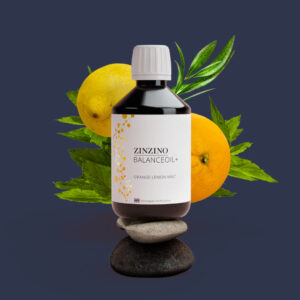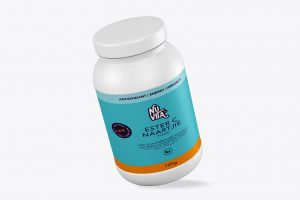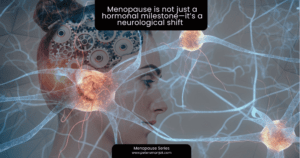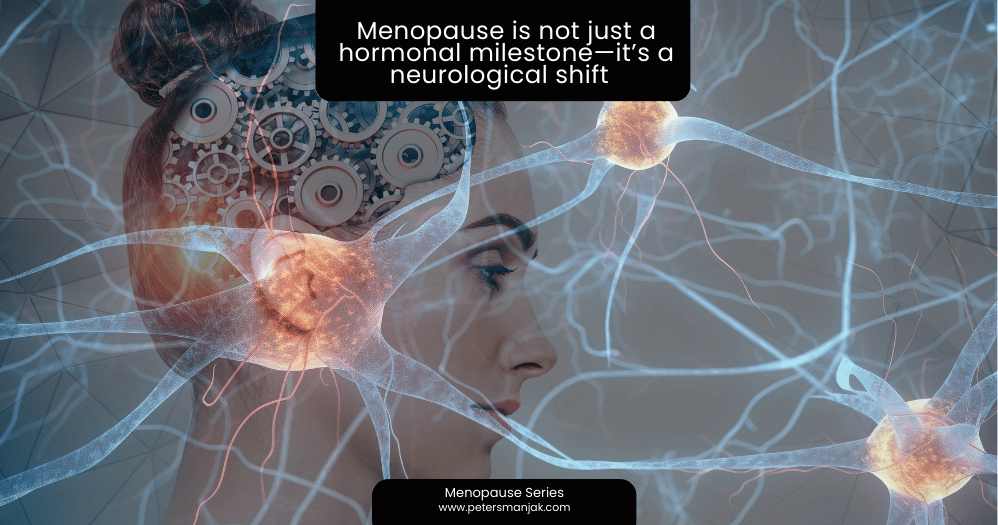Getting to Grips with Indole-3 Carbinol
Indole-3 carbinol (I3C) is a compound that occurs naturally in broccoli, cabbage, and other cruciferous vegetables including Brussels sprouts, turnips, kale, cauliflower, and watercress. Indole-3-carbinol is a product formed from the breakdown of glucobrassicin, a chemical compound that is naturally found in cruciferous vegetables, such as broccoli, cabbage, cauliflower, collard greens, kale, turnips and Brussels sprouts. Chopping or chewing cruciferous vegetables releases the plant enzyme myrosinase, which breaks down glucobrassicin into indole-3-carbinol.
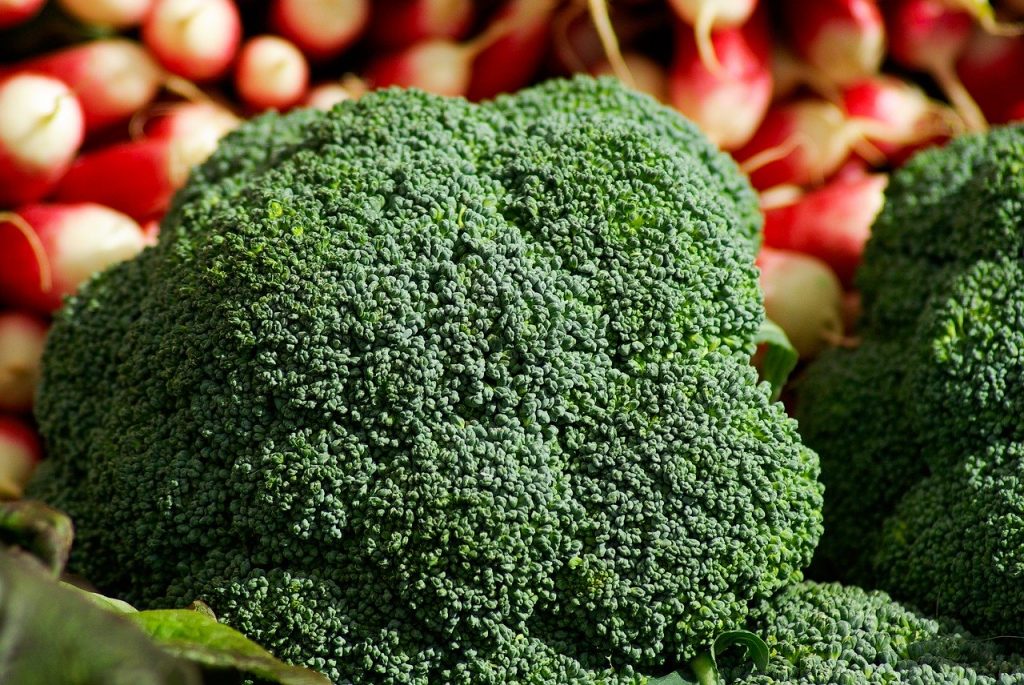
Some research in animals has shown that I3C inhibits the development of cancers of the breast, stomach, colon, lung and liver. So far, studies in humans suggest that taken orally, I3C can stop and even reverse precancerous changes in the cervix. More studies are needed to confirm this effect. Research into whether I3C can affect estrogen metabolism and activity and thus prevent estrogen-sensitive breast cancer suggests it has a benefit, but, again, more studies are needed to confirm it.
If I3C works as well in humans as it does in animals, it could prove a useful adjunct to cancer treatment. However, laboratory studies have also found that I3C can actually promote cancer development in rats, so we’re a long way from understanding its benefits and risks.
Research also shows that when given before or simultaneously with a carcinogen, IC3 has the ability to inhibit the development of cancers of the breast, uterus, colon, stomach, liver, prostate and lung. In some experimental studies, it was suggested that IC3 can actually reduce oxidative stress by scavenging free radicals in your body, which further lowers our risk for certain types of cancers. It should also be noted that IC3 can modify the level of sex hormones, such as estrogens, contributing to both their anticancer activity and some of their side effects.
Population studies have shown that people who eat a lot of broccoli and other cruciferous vegetables have lower rates of cancer than those who don’t. So a little confusing at this point. It is not yet known what exactly constituents of these vegetables are responsible for the protective effect. It may be I3C, the carotenoid pigments, vitamin C, or sulforaphane, a compound thought to suppress tumours. Or the cancer-protective effects may be due to two or more of these components acting together.
Indole-3 Carbinol and the Aging Process
Indole-3-carbinol plays a very important role, particularly in the elderly, when it comes to protecting the body against autoimmunity. It also provides relief from symptoms of chronic fatigue syndrome and fibromyalgia, and may prevent or suppress the development of prostate, colon and breast cancers.
Indole-3-carbinol is considered to be one of the most important phytochemicals that stimulates detoxification of the liver and the entire digestive tract. Additionally, IC3 has shown to alter the metabolism or activity of the hormone estrogen in different ways, hindering the development of cancers that are estrogen-sensitive. An increase in estrogen may result in several gynecological conditions, such as bloating and tenderness of the breast during a woman’s menstrual cycle. It may also result in increased risk for heart disease, stroke, and estrogen-dependent cancers including ovarian and cervical cancer.
Indole-3-carbinol appears to be metabolised into other compounds such as diindolylmethane (DIM), which is two IC3s bound together. These compounds are then absorbed by the body to create a therapeutic effect.
-
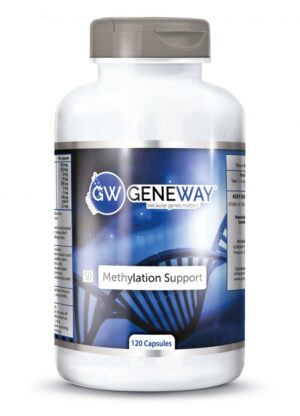 Sale Product on saleGENEWAY™ Methylation 120 Capsules
Sale Product on saleGENEWAY™ Methylation 120 CapsulesR509.85Original price was: R509.85.R449.00Current price is: R449.00. -
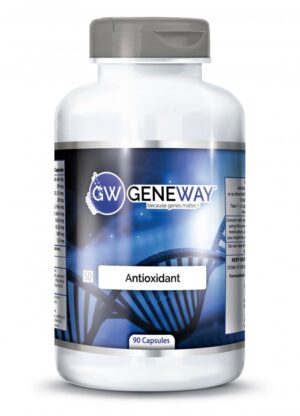 Sale Product on saleGENEWAY™ Antioxidant 90 Capsules
Sale Product on saleGENEWAY™ Antioxidant 90 CapsulesR420.00Original price was: R420.00.R395.00Current price is: R395.00. -
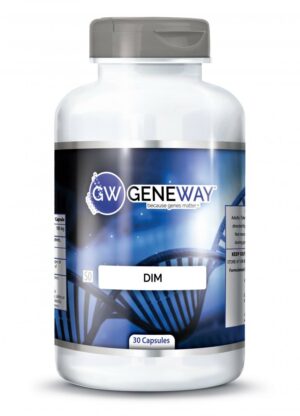
Ingesting Indole-3 Carbinol
Glucobrassin is usually found in high concentrations in cabbage, Brussels sprouts, cauliflower, broccoli, kale, turnips, collards, and watercress (belonging to the cruciferous family of plants). Vegetables do not contain indole-3-Carbinol. Indole-3-carbinol is only formed when the glucosinate glucobrassicin is broken down by the enzyme myorinase, a plant enzyme during cutting or chewing. Important to chew your food properly.
Supplementing Indole-3 Carbinol
Since the human body often cannot always get about 200 mg per day of indole-3-carbinol from fresh or cooked food sources, it is made available in pharmacies in the form of a supplement. Those who are taking supplements should consult their physicians, who most likely not know what you talking about, prior to taking it to be able to identify the appropriate dosage. Indole-3-carbinol supplements can be in the form of capsules or tablets. On average, individuals who are taking indole-3-carbinol take 1 capsule 2 to 3 times a day which equates to 200-800mg/day.
As with most supplement, Indole-3-carbinol is ideally taken with meals since this nutrient’s effects are activated by stomach acid and the acidity is a usual response from food.
For treating abnormal cells on the surface of the cervix (cervical dysplasia): 200-400 mg per day has been used. However, 200 mg seems to be as effective as the higher dose.
Potential Side Effect
There are very few scientific reports that pertain to the side effects of and drug interactions with the indole-3-carbinol supplement. However, individuals who experience breathing problems, tightening of the chest, chest pains or skin rashes must inform their medical practitioner about these symptoms right away as they may be allergic to the dietary supplement. Or just stop taking it immediately. Other side effects include tremor, nausea, increased blood cholesterol levels, increased bowel movements or liver problems.
Indole-3-carbinol is likely safe for most people when used in amounts typically found in the diet. It seems to be safe for most people when used in medicinal amounts under proper medical supervision. It can cause side effects such as skin rashes and small increases in liver enzymes.
In very high doses, indole-3-carbinol can cause balance problems, tremor, and nausea.
Special Precautions & Warnings:
Pregnancy and breast-feeding: If you are pregnant or breast-feeding, stick with indole-3-carbinol in amounts typically found in the diet. Not enough is known about the safety of using indole-3-carbinol in larger medicinal amounts.
Contraindications
Pregnant and lactating women and individuals who are taking estrogen medications should avoid taking indole-3-carbinol supplements due to its effects on the estrogen levels in the body.
Medications changed by the liver (Cytochrome P450 1A2 (CYP1A2) substrates)Interaction Rating: Moderate Be cautious with this combination.Talk with your health provider.
Some medications are changed and broken down by the liver. Indole-3-carbinol might increase how quickly the liver breaks down some medications. Taking indole-3-carbinol along with some medications that are changed by the liver can decrease the effectiveness of some medications. Before taking indole-3-carbinol, talk to your healthcare provider if you take any medications that are changed by the liver.
Some of these medications that are changed by the liver include clozapine (Clozaril), cyclobenzaprine (Flexeril), fluvoxamine (Luvox), haloperidol (Haldol), imipramine (Tofranil), mexiletine (Mexitil), olanzapine (Zyprexa), pentazocine (Talwin), propranolol (Inderal), tacrine (Cognex), theophylline, zileuton (Zyflo), zolmitriptan (Zomig), and others.
So Where to From Here
Until more information on the benefits of taking I3C as a dietary supplement is available, it’s been recommended that for most women and men, to eat plenty of cruciferous vegetables, which will give you many proven cancer-fighting compounds, all in affordable and tasty forms. For women with estrogen-receptor positive breast cancer (or genetically at high risk for it) and who cannot tolerate large amounts of broccoli and its relatives, taking supplemental I3C may be a good idea.

